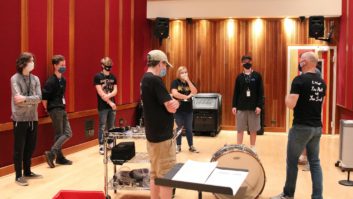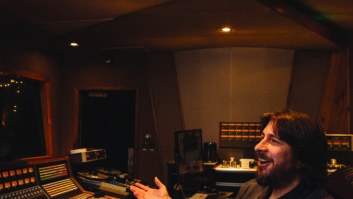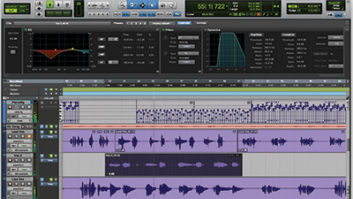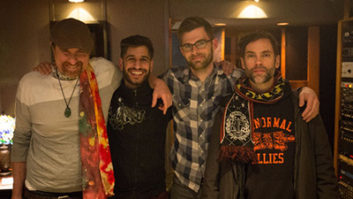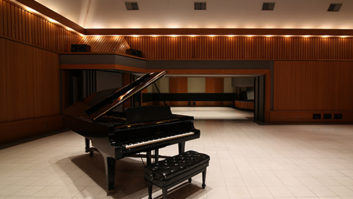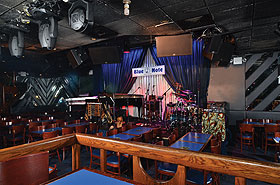
Due to the location of jazz club Blue Note’s stage, house engineers must contend with three mixing zones to compensate for the position of the instruments onstage. Petrix owner Amit Peleg, who was brought in to handle the system upgrade, knew that he had to go with DSP-based amplifiers, selecting Yamaha TXn amps (with custom DPS settings) and two dbx DriveRack 4820s. In addition, the club upgraded its Yamaha M7CL digital consoles to Version 3 software (allowing for multitrack recording) and StageMix. The entire sound system is digital; the only points of conversion are A/D at the stage box input and back, and D/A at the output of the amplifiers. Everything in between is digital either via EtherSound or AES/EBU. The system is completely networked for both signal and control.
“A challenge equally problematic to the technical difficulties presented by the room was a logistical one,” Peleg says. “Other than a couple of days after September 11, 2001, the Blue Note never closed its doors over its 30-year existence. They were not going to make an exception for us and close for the installation since a show takes place every night, 365 days a year. We had to complete the installation without affecting the normal operations of the venue. We installed the new sound system to be run simultaneously, side-by-side with the old system, until it was time to make the final switch, all in one night, which is when we swapped out the speakers. But it all worked according to plan, and we were ready for musician Bill Evans to ‘dust off” the new system.’”
